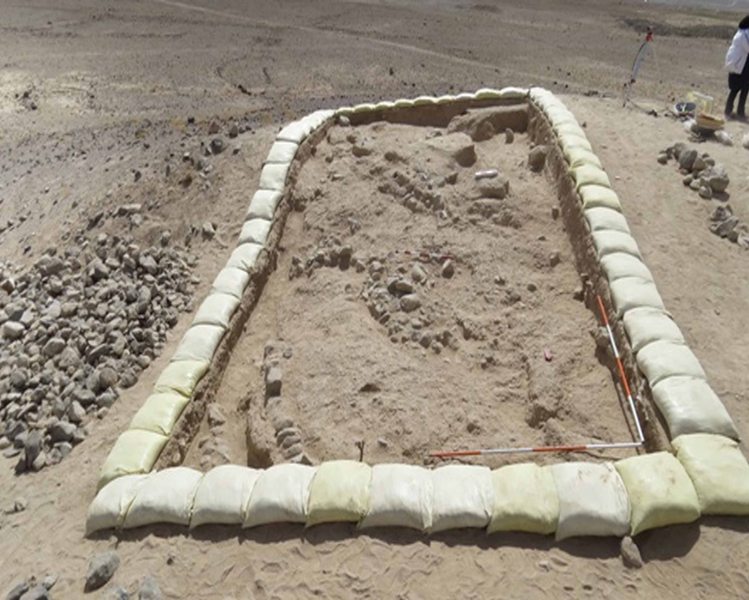
The public relations office of the Research Department of Cultural Heritage and Tourism (RICHT) quoted head of the sixth exploration season from Birjand University, Mohammad Farjami, as saying on Saturday that Koheng site is in Sarbisheh, South Khorasan province, 50 km east of Koheng village.
The archaeologist said that the sixth archeological exploration season has been conducted and will be continued in the site with the cooperation of 14 students of the university with an aim of identifying and understanding the architectural spaces of an establishment known as Koheng Tower in the eastern part of the site.
Koheng site dates back to the third and fourth Hejira centuries up to the Safavid era and most of the things collected included pottery, brick and architectural structures relating to the middle Islamic ages, he added.
Pointing to the architectural features of Koheng Castle, the archaeologist said that in the explorations conducted so far remains of several rooms and a yard and a tower have been discovered.
The head of the exploration team noted that in the architecture of the tower stratum walls have been used and in order to boost its strength and resistance, the thickness of the monument walls is more on the lower part and it gets thiner as the wall goes up.
Referring to the use of great pieces of andesite stones in black color in the construction of the building, which have been collected from the surrounding area, he said according to this method after a row of muddy mass applied to the wall, a row of stone would be used and then again a row of mud which not only would be beneficial in terms of rigidity of the building, but also in saving time for the construction of the wall.
Farjami said that Koheng Castle is situated on the top of a hill which is higher than the surrounding area and the height of the castle would provide it with the possibility to ensure defense of the residents of the castle against invaders.
He went on to say that the cultural findings mainly included pottery as well as glass pieces, broken pieces of stone dishes made of steatite and animal bone marbles, wood and metal.
The existence of salt and even lime in the Koheng site soil has not only caused limitations in the field of agriculture but also due to the presence of pottery in the area, salt and lime particles have caused gradual fracture of the surface of the pottery containers and in many cases has caused porosity of the pottery pieces which has left negative impact on the metal and glass works, he noted.
9376**1396
Follow us on Twitter @IrnaEnglish
 solhkhabar | Peace International News Agency Peace International News Agency , Peace News , International Agency News of Peace
solhkhabar | Peace International News Agency Peace International News Agency , Peace News , International Agency News of Peace